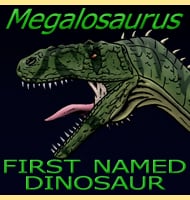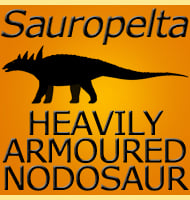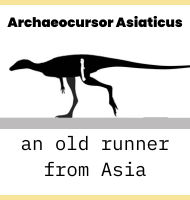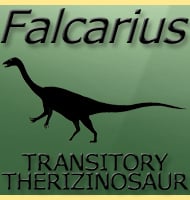In Depth
The description of the ceratopsian dinosaur Udanoceratops is based upon the discovery of an almost complete sixty centimetre long skull. This in turn led to size estimates for the missing body leading all the way up to four meters long; however it would be interesting to see how Udanoceratops compares to other later discovered leptoceratopsid genera from Asia like Zhuchengceratops. This genus has mandibles (lower jaw bones) fifty centimetres long, yet post cranial remains that suggest a body proportionately shorter than Udanoceratops. Ultimately however more complete remains for ideally both genera would be needed to ascertain more accurate sizes for these dinosaurs.
As with leptoceratopsids, Udanoceratops had a beaked mouth that was used to snip and shear off parts of plants like cycads and ferns which would have been among the dominant plant types of the late Cretaceous. Plant matter was then processed by the rear teeth of the cheeks so that it could be more easily digested. These dinosaurs are also seen as being primarily quadrupedal but able to rear up and get around for short distances on just their rear legs as they were feeding or perhaps even running from predators. If the upper size estimate for Udanoceratops proves correct, then Udanoceratops may have spent more time on all fours in order to reduce stress on the hips. Another thing of note is that although all leptoceratopsids have neck frills that grow from the back of the skull, the frill of Udanoceratops is notably reduced in size compared to the frills of many other leptoceratopsid genera.
Udanoceratops has been considered to be similar to Leptoceratops from North America. One feature these two genera share is that the point where the lower jaw articulates with the skull is above the dentary teeth.
Further Reading
- A giant protoceratopsid from the Upper Cretaceous of Mongolia, Sergei Kurzanov - 1992.










